Home>Articles>How High Should A Dining Room Light Be Above The Table
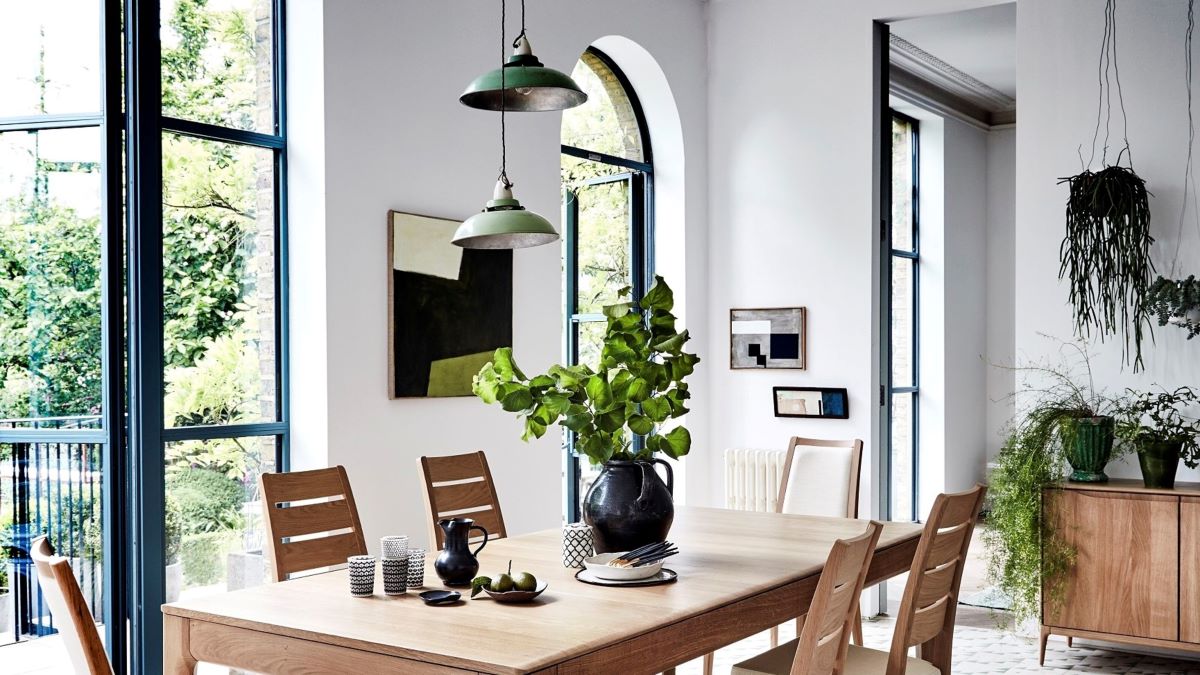

Articles
How High Should A Dining Room Light Be Above The Table
Modified: January 9, 2024
Discover the ideal height for your dining room light above the table with our informative articles. Get expert advice on lighting placement and create the perfect ambiance for your space.
(Many of the links in this article redirect to a specific reviewed product. Your purchase of these products through affiliate links helps to generate commission for Storables.com, at no extra cost. Learn more)
Introduction
In any dining room, the lighting plays a crucial role in creating a pleasant atmosphere while providing adequate illumination for meals and gatherings. Choosing the right height for your dining room light fixture above the table is essential to achieve the desired aesthetic and functionality. However, determining the ideal height can be a challenging task, as it depends on various factors such as the size and shape of the table, the ceiling height, and the type of light fixture being used.
To create a harmonious and balanced look in your dining room, it is important to consider these factors and follow some general guidelines. By doing so, you can ensure that your dining room light is not too low, causing visual obstructions, or too high, resulting in insufficient lighting. In this article, we will explore the factors to consider when determining the optimal height for a dining room light fixture above the table.
Key Takeaways:
- Achieving the perfect height for your dining room light fixture above the table involves considering factors such as table size, ceiling height, and fixture type. Following optimal height guidelines ensures balanced illumination and visual harmony.
- Chandeliers and pendant lights bring unique charm to dining rooms, with considerations for size, scale, and design. Additional design elements such as layered lighting and dimming options contribute to a welcoming and visually stunning dining space.
Factors to Consider
When determining the height of your dining room light fixture above the table, several factors need to be taken into consideration. These factors will help you strike a balance between functionality, aesthetics, and the overall design of your dining space.
- Table Size and Shape: The size and shape of your dining table are crucial in determining the appropriate height for the light fixture. A general rule of thumb is to ensure that the light fixture is proportionate to the table. For a rectangular or oval table, the light fixture should typically be two-thirds the width of the table. For a round table, the diameter of the light fixture should be approximately half the diameter of the table.
- Table Usage: Consider how the dining table is used in your household. If it is primarily used for formal dining and special occasions, you may want the light fixture to be more prominent and dramatic. However, if it is used for day-to-day meals and activities, a lower-profile fixture that provides sufficient lighting without being too overpowering may be more appropriate.
- Ceiling Height: The height of your ceilings plays a significant role in determining the optimal height for the dining room light fixture. In rooms with standard ceiling heights (around 8 to 9 feet), a height of 30 to 36 inches above the table is usually recommended. For higher ceilings, you may need to adjust the height accordingly to maintain proper visual balance.
- Light Fixture Type: Different types of light fixtures have varying height requirements. Chandeliers, for example, can be hung lower to create a focal point and add drama to the space. Pendant lights generally hang lower and can be adjusted to provide task lighting directly over the table. Wall sconces or recessed lighting can also be considered for ambient lighting in combination with a central light fixture.
- Room Size and Layout: Take into account the overall size and layout of your dining room. If the room is small, a lower-profile light fixture may be more suitable to avoid overwhelming the space. Conversely, in larger rooms with high ceilings, you may want to opt for a more substantial light fixture or a cluster of pendants to fill the space effectively.
- Personal Preferences: Ultimately, your personal preferences and style should guide your decision. Consider the overall design aesthetic of your dining room and select a light fixture that complements the existing decor. Whether you prefer a more traditional or modern look, choose a fixture that reflects your taste while still meeting the functional requirements.
By carefully considering these factors, you can determine the optimal height for your dining room light fixture above the table. Remember that these guidelines are general recommendations, and it’s essential to assess the specific needs and characteristics of your dining space to make an informed decision.
Optimal Height Guidelines
While there are no hard and fast rules for determining the optimal height of a dining room light fixture, following some general guidelines can help you achieve the desired lighting and visual impact. Consider the following height recommendations when installing your dining room light:
- Standard Ceiling Height: For rooms with standard ceiling heights (around 8 to 9 feet), a height of 30 to 36 inches above the table is commonly recommended. This height allows for ample lighting without obstructing the line of sight or overwhelming the space.
- High Ceiling: In rooms with high ceilings, you can adjust the height of the light fixture accordingly. As a general guideline, for each additional foot of ceiling height beyond the standard 8 to 9 feet, you can raise the light fixture height by 3 inches. This adjustment helps maintain the proper visual balance and prevents the fixture from appearing too low or disproportionate to the space.
- Over-the-Table Lighting: When installing pendant lights or chandeliers, ensure that the bottom of the fixture is approximately 30 to 36 inches above the tabletop. This height provides sufficient illumination for dining activities while allowing people sitting at the table to maintain eye contact without being visually obstructed by the light fixture.
- Task Lighting: If you intend to use your dining table for tasks such as reading, studying, or other activities, consider installing adjustable pendant lights or a chandelier with dimmable lights. This allows you to lower the fixtures closer to the table to provide focused lighting when needed.
It’s important to note that these height guidelines serve as a starting point, and personal preferences, table shape, and specific lighting requirements may warrant some adjustments. Always consider the visual impact and functionality of the light fixture, and make sure it complements the overall design scheme of your dining room.
Additionally, when hanging multiple light fixtures, such as a cluster of pendant lights or a linear chandelier, maintain a consistent height between the fixtures to create a cohesive and balanced look.
Remember, the height of the light fixture is just one aspect to consider. The size and scale of the fixture, as well as the type and color of the bulbs used, also contribute to the overall lighting effect in your dining room. Take the time to experiment and fine-tune the lighting to create the desired ambiance and functionality for your space.
Ceiling Height Considerations
The height of your ceiling is an important factor to consider when determining the placement of your dining room light fixture. Different ceiling heights will influence the overall visual impact and functionality of the lighting in your space. Consider the following ceiling height considerations:
- Standard Ceiling Height: Rooms with standard ceiling heights, typically ranging from 8 to 9 feet, are the most common in residential properties. For these ceiling heights, it is recommended to hang the dining room light fixture approximately 30 to 36 inches above the table. This height allows for proper illumination without obstructing the line of sight or overwhelming the space.
- Low Ceilings: In spaces with low ceilings, it is crucial to select a light fixture with a low-profile design. Flush-mount or semi-flush-mount fixtures that hug the ceiling can be great options in such situations. This ensures that the fixture does not hang too low and create a sense of visual clutter or limited headroom.
- High Ceilings: Rooms with high ceilings provide an opportunity for more dramatic lighting choices. With higher ceilings, you can opt for larger and more substantial light fixtures, such as chandeliers or pendant lights with longer suspensions. These fixtures can create a focal point in the dining room, emphasizing the height and grandeur of the space.
- Double-Height or Vaulted Ceilings: In homes with double-height or vaulted ceilings, the placement of the dining room light fixture requires careful consideration. It is recommended to position the fixture closer to the bottom half of the space to maintain a sense of proportion. This ensures that the light does not get lost in the vastness of the ceiling and effectively illuminates the dining area.
When working with non-standard ceiling heights, it is crucial to consider the scale and proportion of the light fixture in relation to the room. A general rule of thumb is to size the fixture based on the dimensions of the dining table rather than the height of the ceiling. This enables you to create a visually balanced and harmonious arrangement.
Moreover, the type of lighting chosen for a specific ceiling height can also impact the overall atmosphere of the dining room. For low ceilings, recessed lighting or track lighting can be effective in providing sufficient illumination without taking up valuable headroom. For high ceilings, consider incorporating decorative elements such as ornate chandeliers or cascading pendant lights to make use of the vertical space.
By taking into account the ceiling height when determining the height and type of your dining room light fixture, you can create a well-balanced and visually appealing lighting design that enhances the overall ambiance of your dining area.
A dining room light should typically be hung 30-36 inches above the table surface. This allows for adequate illumination without obstructing the view or creating glare.
Chandelier Considerations
A chandelier can be a stunning centerpiece in a dining room, adding elegance and charm to the space. When considering a chandelier for your dining area, there are several factors to take into account to ensure the best results. Here are some chandelier considerations:
- Size and Scale: The size of the chandelier should be proportional to the dining table and the room itself. For a balanced look, the diameter of the chandelier should be about one-half to two-thirds the width of the table. Aim for a chandelier that is neither too small that it gets lost in the space nor too large that it overwhelms the room.
- Height: As mentioned before, the general guideline for a chandelier height is to hang it approximately 30 to 36 inches above the dining table. However, this can be adjusted based on personal preference and the height of the ceiling. If you have higher ceilings, you may want to raise the chandelier slightly to maintain the visual harmony of the space.
- Style and Design: Consider the overall style and design of your dining room when selecting a chandelier. It should complement the existing decor and contribute to the desired atmosphere. Whether you prefer a traditional crystal chandelier, a modern minimalist design, or a rustic fixture, choose a chandelier that enhances the overall aesthetics of the space.
- Type of Bulbs: The type of bulbs used in the chandelier can significantly impact the lighting effect and ambiance in the dining room. Consider using dimmable bulbs to adjust the brightness according to different occasions and create the desired mood. Be mindful of the color temperature of the bulbs as well, as it can affect the overall warmth or coolness of the lighting.
- Installation: Proper installation of the chandelier is crucial for safety and aesthetics. Ensure that the chandelier is securely attached to the ceiling and that the weight is distributed evenly. If you are unsure about the installation process, it is recommended to hire a professional electrician or lighting specialist to do the job.
Additionally, chandeliers are available in a variety of materials, shapes, and designs. Consider the functionality of the chandelier as well—if you desire focused lighting directly over the dining table, choose a chandelier with adjustable arms or multiple bulbs. This allows you to position the light where it is needed most for dining and other activities.
Remember, the chandelier serves as a statement piece in your dining room, so take the time to select one that reflects your personal style and enhances the overall aesthetics of the space.
Pendant Light Considerations
Pendant lights are a popular choice for dining rooms, providing versatility and a stylish focal point. When considering pendant lights for your dining area, there are several factors to take into account to ensure optimal functionality and visual appeal. Here are some pendant light considerations:
- Height and Placement: Pendant lights should be hung at a height that provides sufficient lighting for the dining table while maintaining a visually balanced look. As a general guideline, hang the pendant lights approximately 30 to 36 inches above the tabletop. This height allows for ample illumination during meals without obstructing the line of sight between diners.
- Number and Layout: If you are using a single pendant light, consider the size and dimensions of your dining table. For smaller tables, a single pendant in the center may suffice. However, for larger tables or to create a more visually interesting arrangement, you can opt for multiple pendant lights. In this case, space them evenly along the length of the table to ensure even lighting distribution.
- Size and Scale: The size of the pendant light should be proportionate to the size of the dining table. As a general guideline, the diameter of the pendant light should be about one-third to one-half the width of the table. This ensures that the pendant light becomes a visually appealing focal point without overwhelming the dining space.
- Style and Design: Pendant lights come in a wide variety of styles and designs, ranging from sleek and modern to rustic and industrial. Choose a pendant light that complements the overall design aesthetic of your dining room. Consider factors such as the material, shape, and color of the pendant light to ensure it enhances the desired ambiance and visual appeal.
- Bulb and Shade Selection: The choice of bulbs and shades for pendant lights can greatly impact the lighting effect in the dining room. Consider using dimmable bulbs to adjust the brightness according to different occasions and create the desired atmosphere. Additionally, choose a shade that diffuses the light evenly and complements the overall design of the pendant light.
- Height Adjustment: Pendant lights often come with adjustable cords or chains, allowing you to customize the height to your preference. This feature can be especially useful if you have higher ceilings or if you want to create a more intimate setting by lowering the pendant lights closer to the table.
By considering these pendant light considerations, you can choose the right pendant lights that not only provide functional illumination but also enhance the overall aesthetics and ambiance of your dining space.
Other Design Considerations
When choosing and placing a dining room light fixture, there are additional design considerations to keep in mind to ensure a cohesive and visually pleasing space. These design considerations go beyond just the height and type of fixture and can greatly impact the overall ambiance of your dining area. Here are some other design considerations to consider:
- Layered Lighting: Consider incorporating multiple sources of light in your dining area to create a layered lighting effect. This can include a central chandelier or pendant light as the primary light source, supplemented by wall sconces, recessed lighting, or a dimmable floor lamp. Layered lighting adds depth and versatility to the space, allowing you to adjust the lighting depending on the occasion and mood.
- Dimming Options: Installing dimmer switches for your dining room light fixture provides flexibility in controlling the brightness levels. It allows you to adapt the lighting to different settings and create the desired atmosphere for various occasions, such as intimate dinners, social gatherings, or family meals. Dimming options can significantly enhance the overall dining experience.
- Color Temperature: Consider the color temperature of the bulbs used in your dining room light fixture. Warm white (2700K to 3000K) creates a cozy and inviting atmosphere, while cool white (3500K to 4500K) provides a brighter and more vibrant feel. Selecting the right color temperature can help set the mood and complement the overall design aesthetic of the space.
- Lighting Control: Consider integrating your dining room light fixture into a smart lighting system, allowing for convenient and customizable control. Smart lighting systems enable you to adjust the brightness, color temperature, and even create preset lighting scenes with the touch of a button or through voice commands. This level of control enhances the functionality and versatility of your dining area lighting.
- Decorative Elements: Your dining room light fixture can also serve as a decorative element in itself. Consider fixtures with intricate details, interesting textures, or unique materials that complement the overall design theme of your dining room. This adds personality and visual interest to the space, making it a focal point of attention.
- Lighting Accessories: Don’t forget to consider the use of lighting accessories to enhance the functionality and aesthetics of your dining area. For example, installing a ceiling medallion around the light fixture can add a touch of elegance, while a dimmable switch plate can provide seamless control over the lighting levels.
By taking these design considerations into account, you can create a well-designed and harmonious dining area that perfectly balances functionality and aesthetics. Remember to think holistically about the lighting design in the context of your overall dining room decor to achieve a cohesive and visually appealing space.
Conclusion
Choosing the right height for your dining room light fixture above the table is crucial in creating a visually appealing and functional space. By considering factors such as table size and shape, ceiling height, and the type of light fixture, you can ensure that your dining room is adequately illuminated while maintaining a balanced and cohesive design.
Optimal height guidelines suggest hanging the light fixture approximately 30 to 36 inches above the dining table, with adjustments based on ceiling height. Standard ceiling heights can accommodate this guideline, while low or high ceilings may require some modifications to ensure visual harmony.
Chandeliers and pendant lights are popular choices for dining rooms, each bringing its own unique charm and style. When considering a chandelier, pay attention to the size, scale, and design to create a focal point that complements the room. Pendant lights offer versatility, and the number, size, and placement should be determined based on the dining table dimensions and overall layout.
Other design considerations include layered lighting, dimming options, color temperature, lighting control, decorative elements, and the use of lighting accessories. These factors contribute to the overall ambiance and functionality of your dining area and should be taken into account to achieve the desired effect.
In conclusion, selecting the ideal height for your dining room light fixture requires careful consideration of various factors. Balancing aesthetics, functionality, and personal preferences will help you create a welcoming and visually stunning dining space. By following the guidelines and taking into account design considerations, you can ensure that your dining room lighting enhances the overall ambiance and elevates your dining experience.
Frequently Asked Questions about How High Should A Dining Room Light Be Above The Table
Was this page helpful?
At Storables.com, we guarantee accurate and reliable information. Our content, validated by Expert Board Contributors, is crafted following stringent Editorial Policies. We're committed to providing you with well-researched, expert-backed insights for all your informational needs.
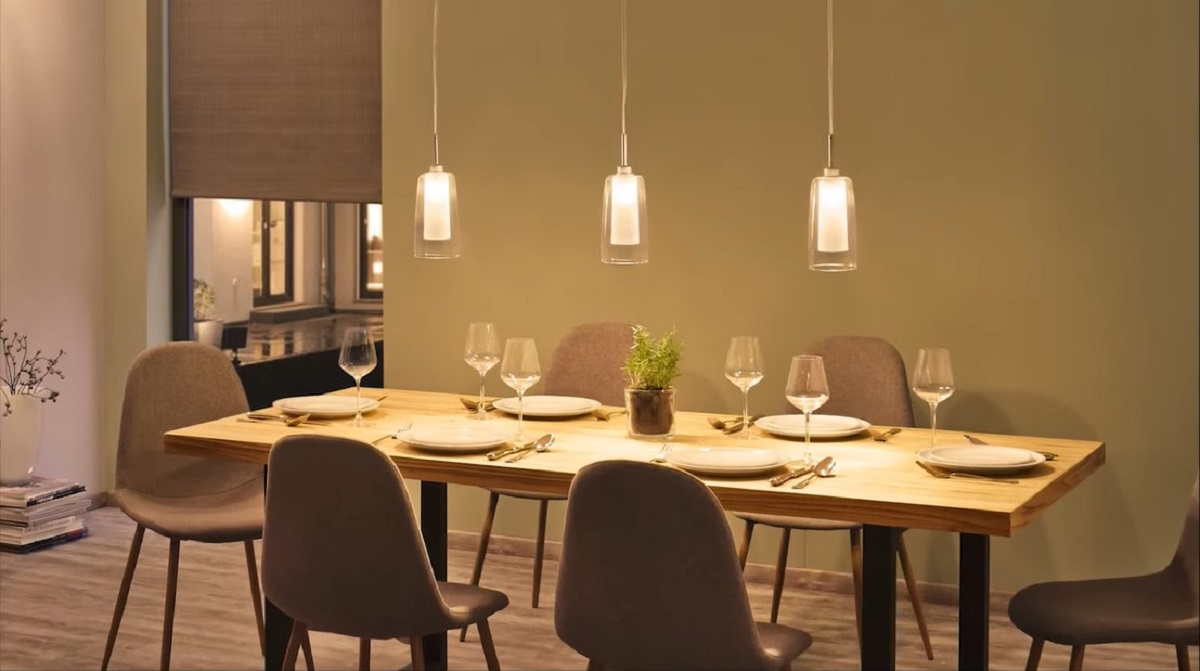
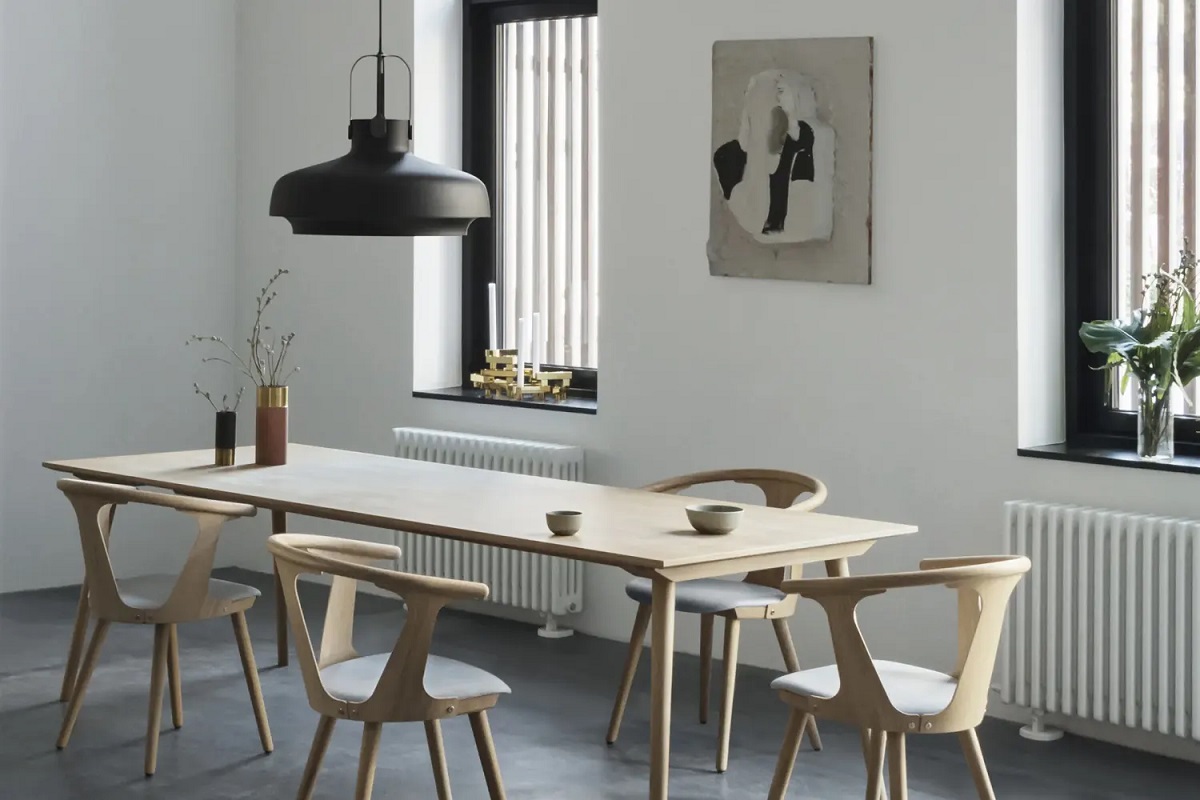
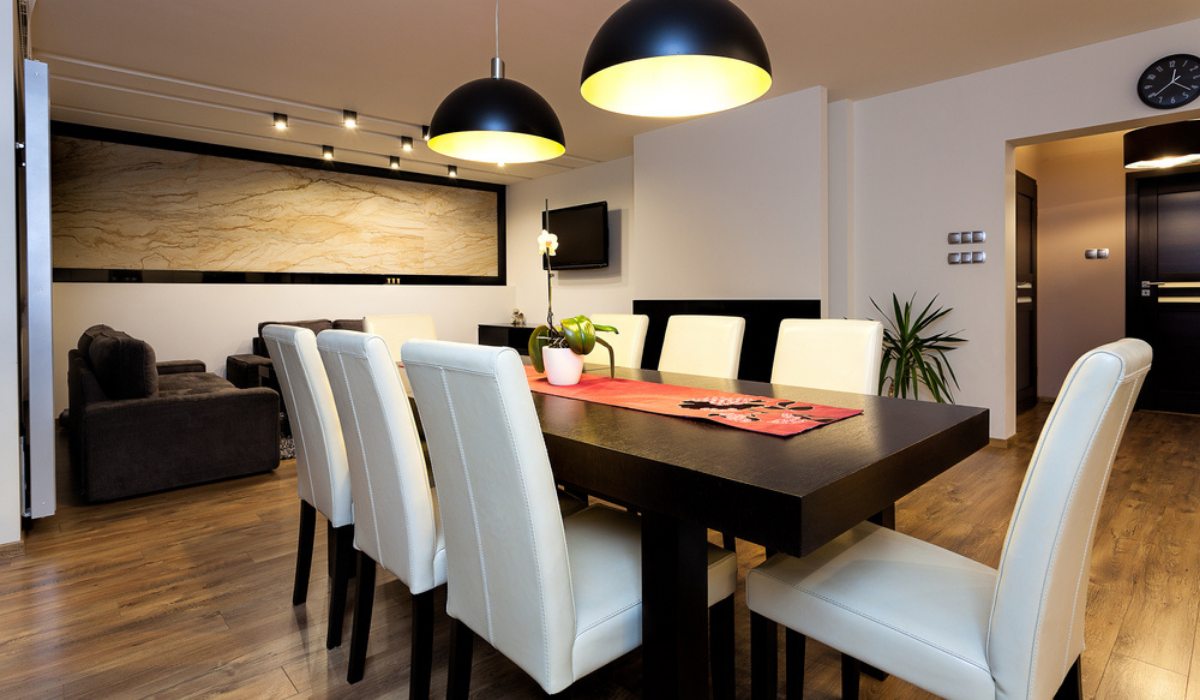
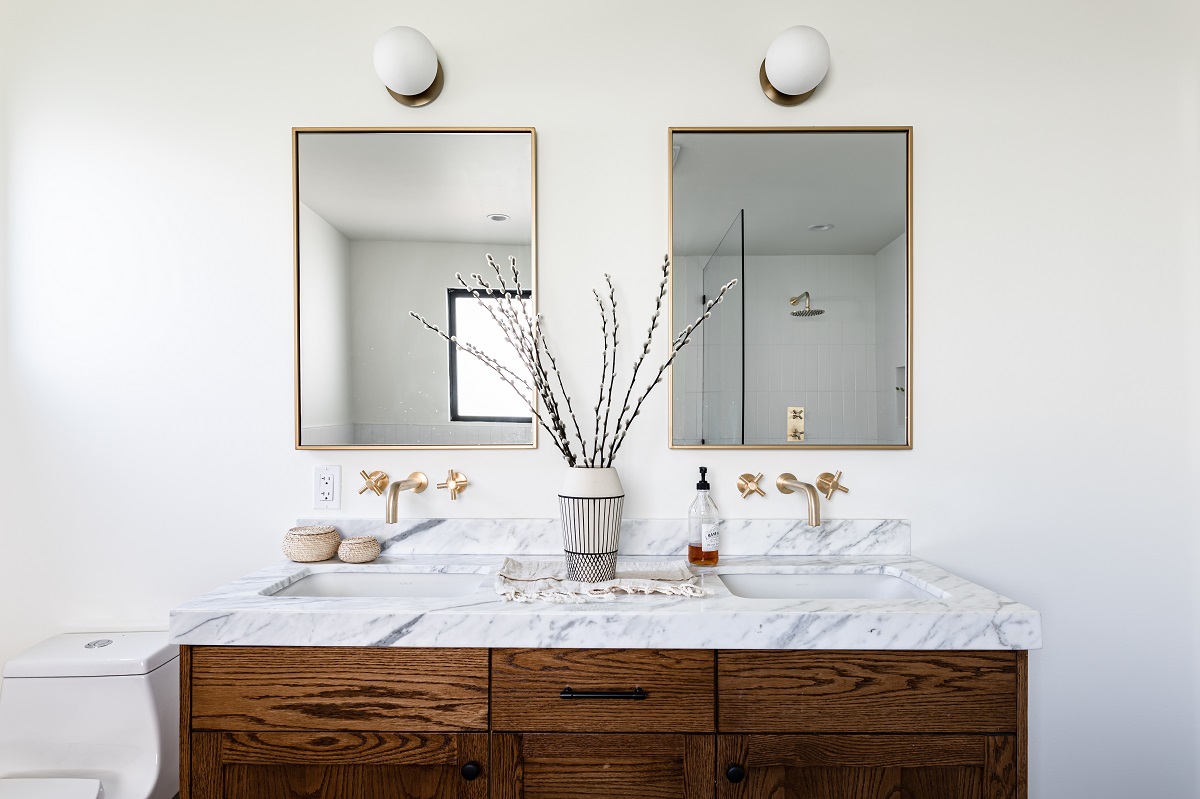
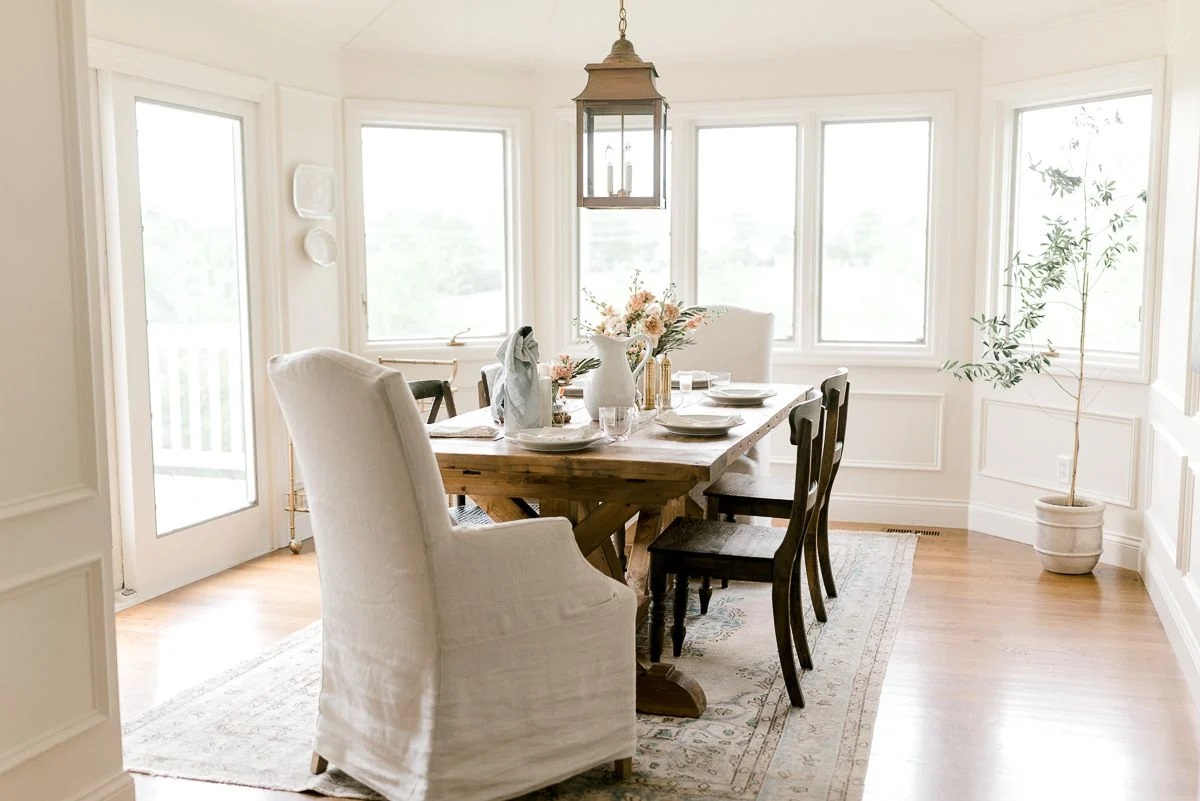
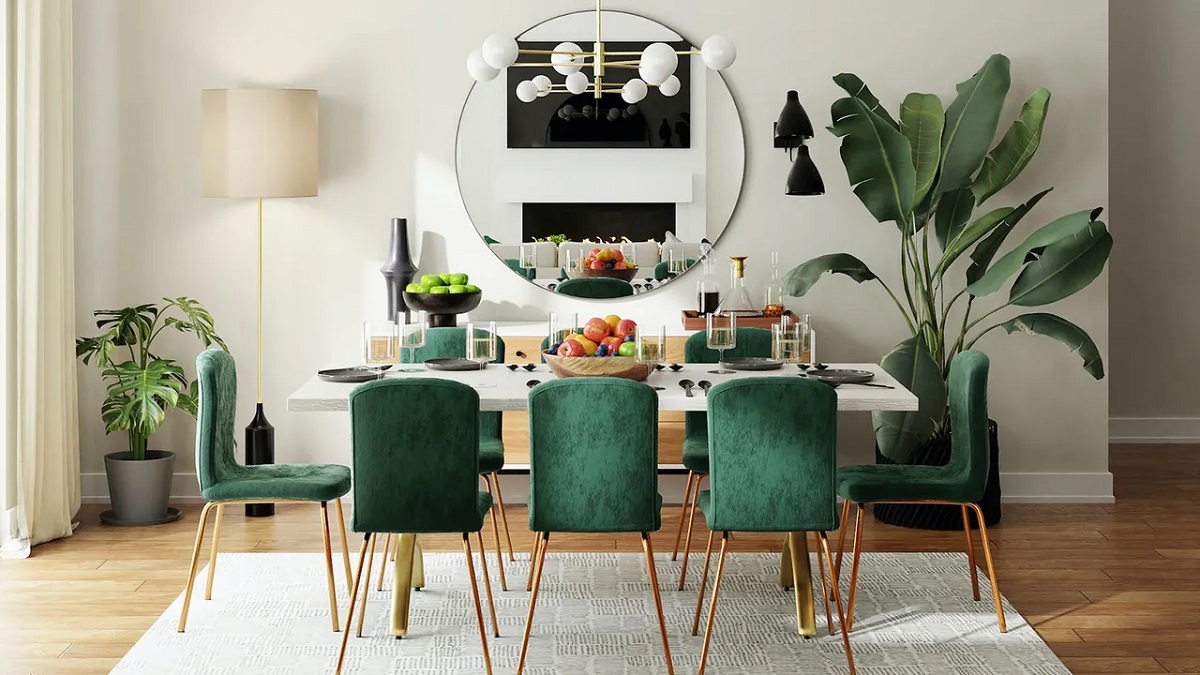
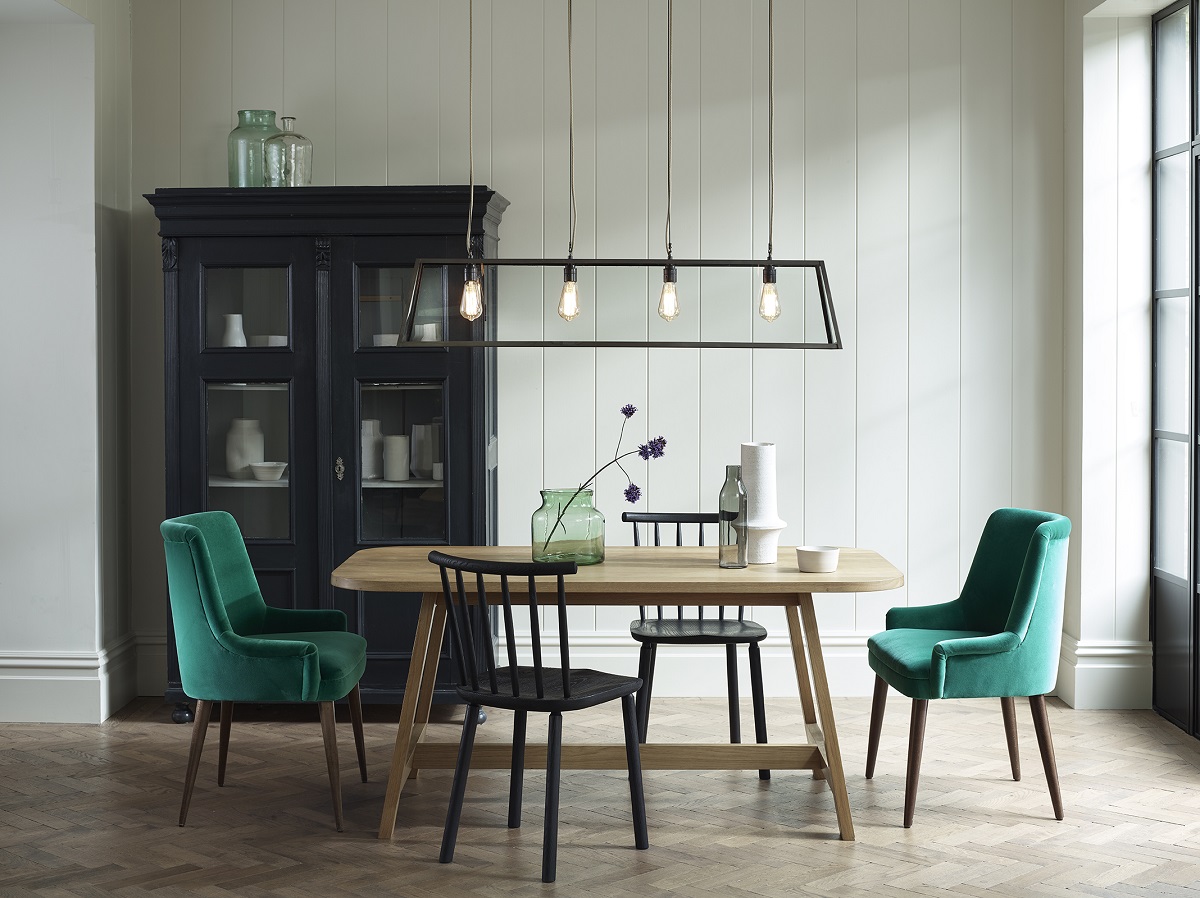

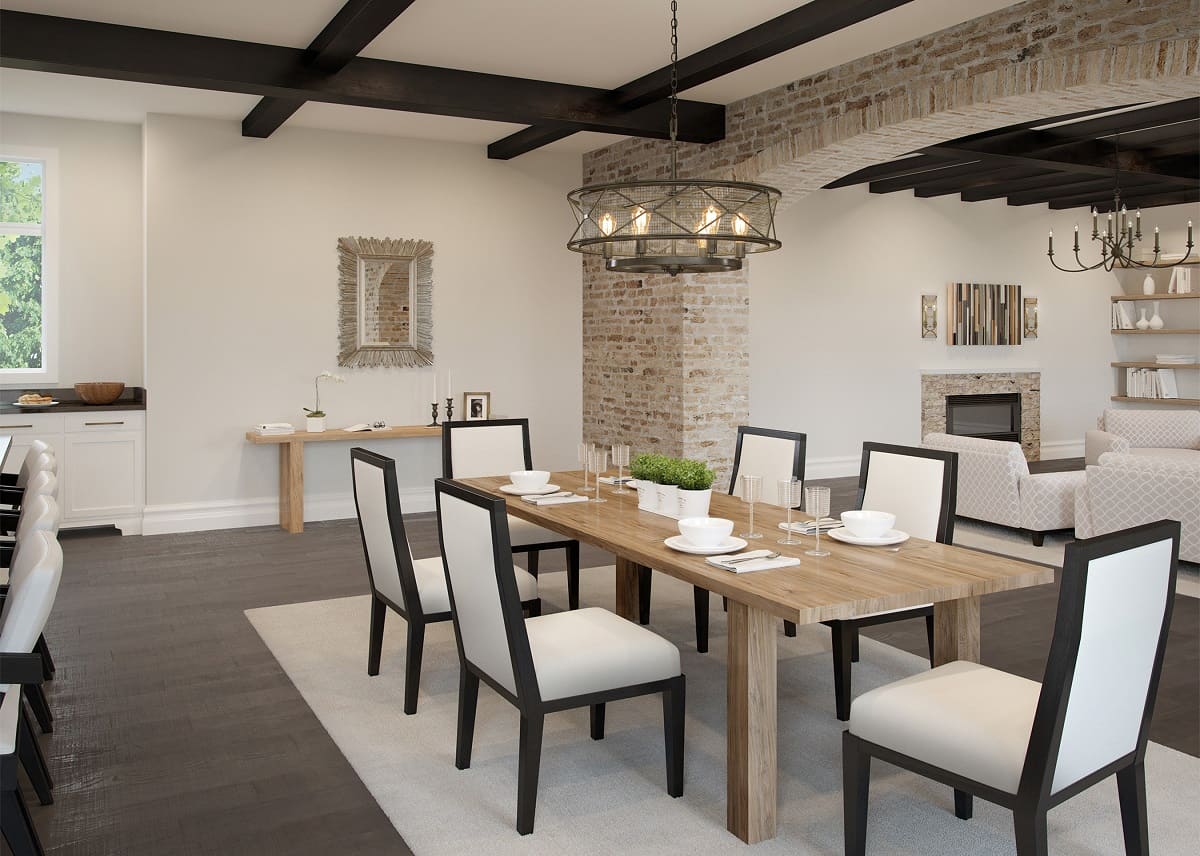
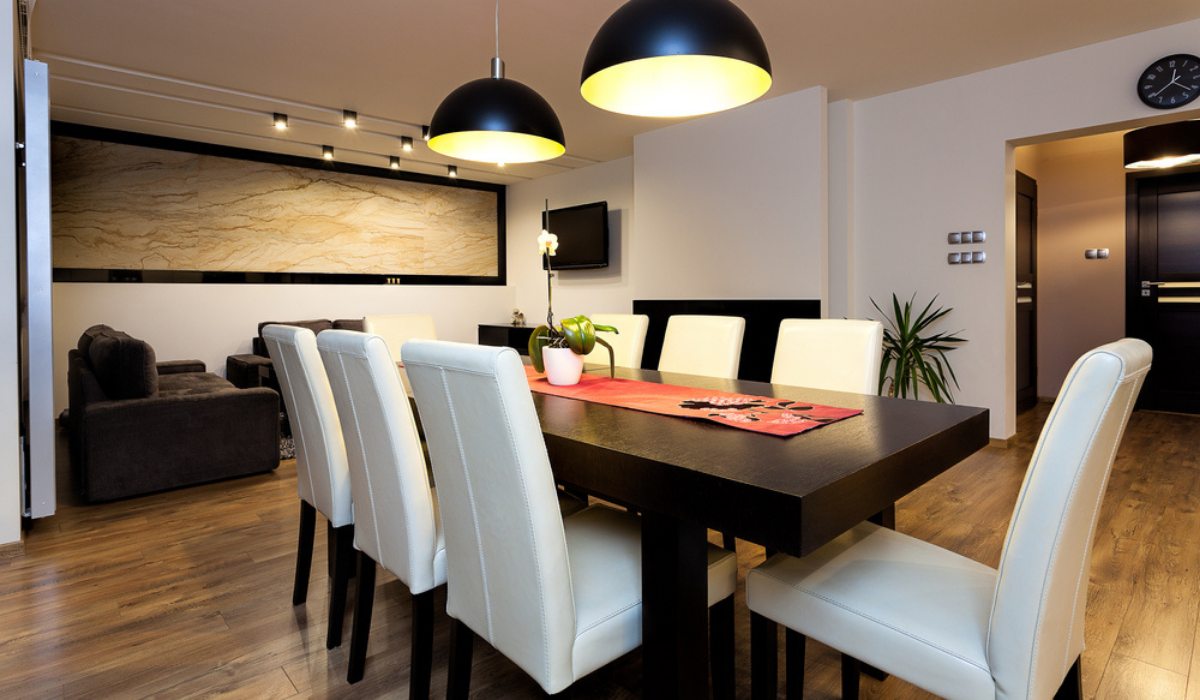

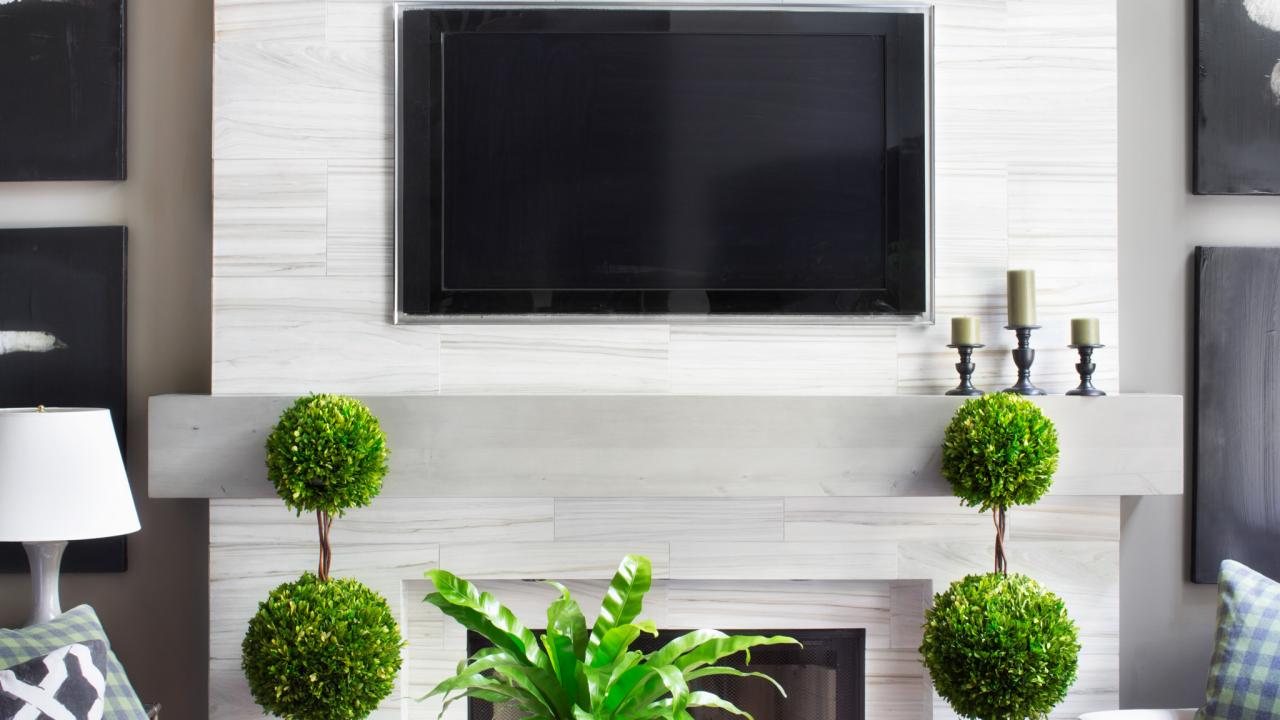
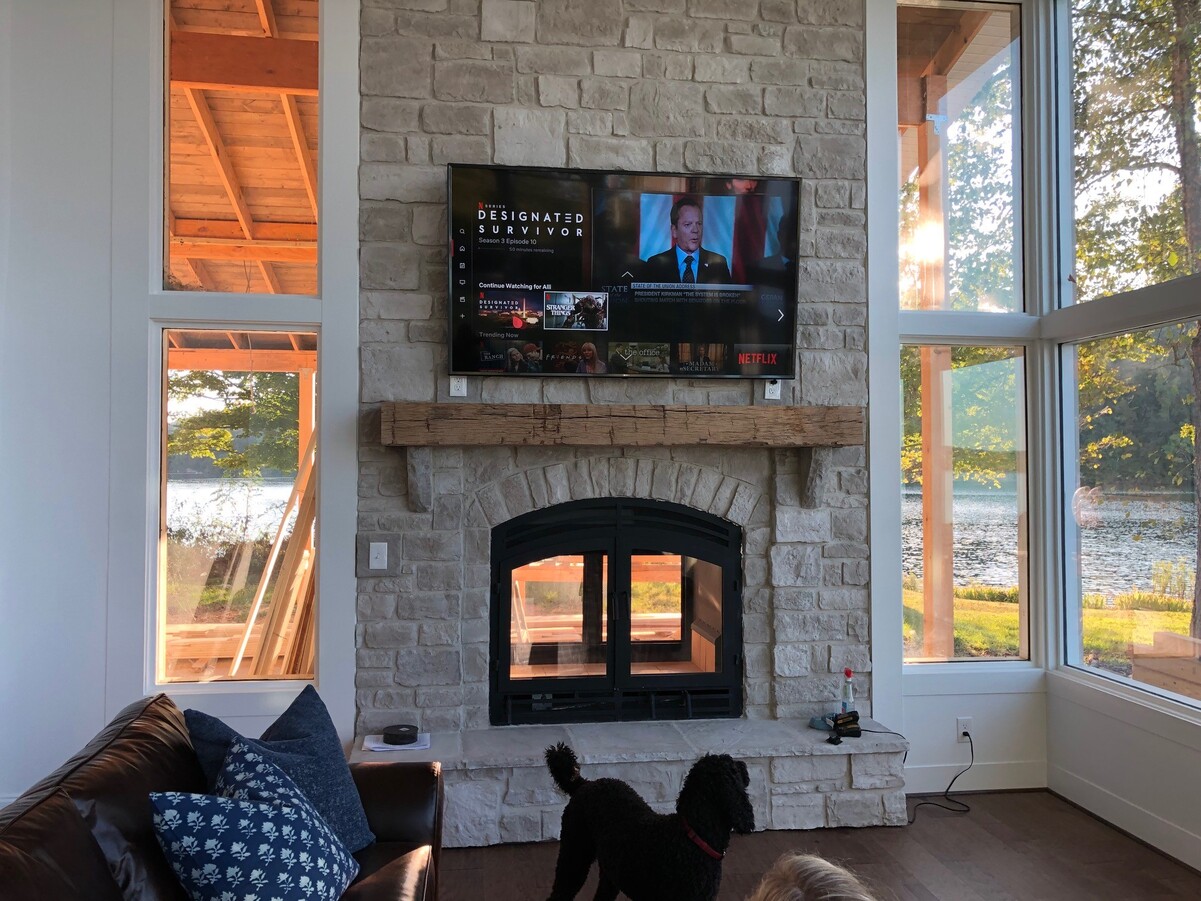
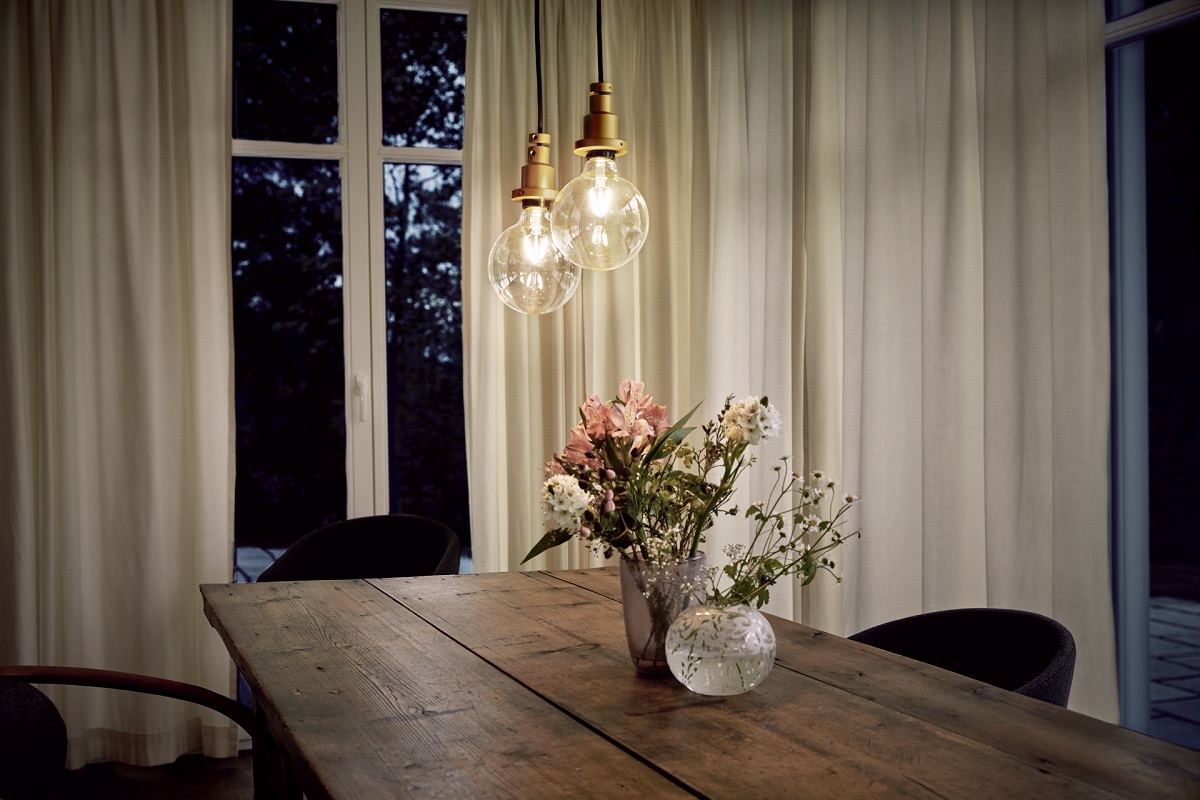

0 thoughts on “How High Should A Dining Room Light Be Above The Table”